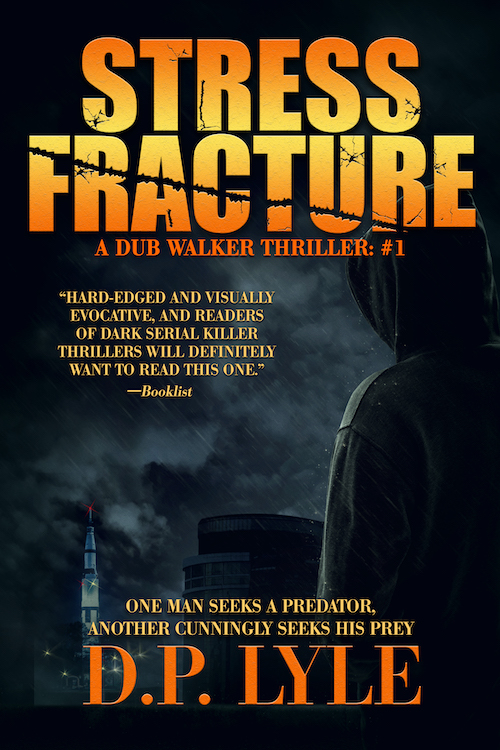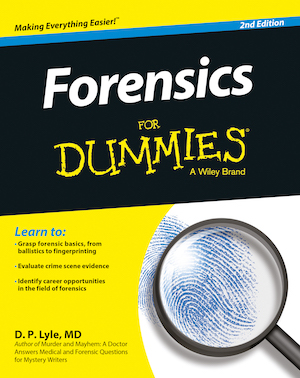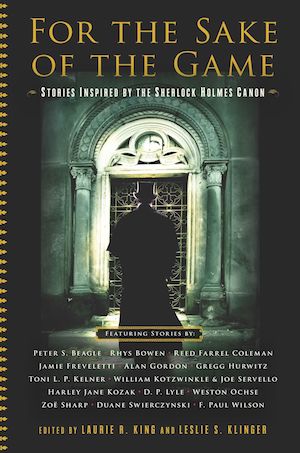Join Jan Burke and me as we discuss bugs and bodies with forensic entomologist Dr. M. Lee Goff.
BIO: Dr. M. Lee Goff is one of the founding members of the American Board of Forensic Entomology, from which he retired in 2013. Professor Emeritus, in Forensic Sciences at Chaminade University of Hawaii and Dept. of Plant and Environmental Sciences, University of Hawaii, Manoa,, he received his B.S. in Zoology from the University of Hawaii at Manoa in 1966, M.S. in Biology from California State University, Long Beach in 1974, and Ph.D. in Entomology from the University of Hawaii at Manoa in 1977. He was Professor of Entomology and Chair of the Entomology Graduate Program at University of Hawaii at Manoa from 1983 until 2001. He then moved to Chaminade University of Honolulu as Director of the Forensic Sciences Program. Dr. Goff has been involved in forensic entomology for a period of over 25 years. He is currently a consultant in forensic entomology for the Office of the Medical Examiner, City and County of Honolulu and other state and federal agencies throughout the world. He also serves as a consultant for the crime dramas CSI and Bones. He is curator of a traveling museum exhibition called CSI: Crime Scene Insects.
Additionally Dr. Goff has served as a member of the instructional staff for the FBI Academy course in Detection and Recovery of Human Remains taught at Quantico, Virginia. He has published over 200 papers in scientific journals, authored the popular book, A Fly for the Prosecution, co-edited the recent publication “Advances in Forensic Entomology” and participated in over 350 homicide investigations, consulting on cases worldwide.
LINKS:
Professor Emeritus Goff’s faculty Page on Chaminade University’s site https://www.chaminade.edu/natural-sciences/faculty/M_Lee_Goff.php
PBS Nature‘s Crime Scene Creatures Interview: Forensic Entomologist Lee Goff http://www.pbs.org/wnet/nature/crime-scene-creatures-interview-forensic-entomologist-lee-goff/302/
Dr. Goff Interviewed on KHNL-TV https://www.youtube.com/watch?v=lnNe8SNAz08
National Geographic Channel 2004 Interview with Dr. Goff http://news.nationalgeographic.com/news/2004/04/0423_040423_tvbugman.html
American Board of Forensic Entomology http://www.forensicentomologist.org
Insects.org http://www.insects.org
Acarological Society of America https://sites.google.com/site/acarologicalsociety/home
Acarology: The Study of Mites and Ticks (UK’s Natural History Museum) http://www.nhm.ac.uk/hosted-sites/acarology/
Entomological Society of America http://www.entsoc.org/home
Insect Collections, Zoos, Museums, and Butterfly Gardens in North America http://www.entsoc.org/resources/links/zoos
Amateur Entomologists’ Society: Forensic Entomology http://www.amentsoc.org/insects/insects-and-man/forensic-entomology.html
How Stuff Works: What do bugs have to do with forensic science? http://science.howstuffworks.com/forensic-entomology2.htm
Smithsonian Channel Catching Killers: Insect Evidence http://www.smithsonianchannel.com/shows/catching-killers/insect-evidence/1003122/141561







































